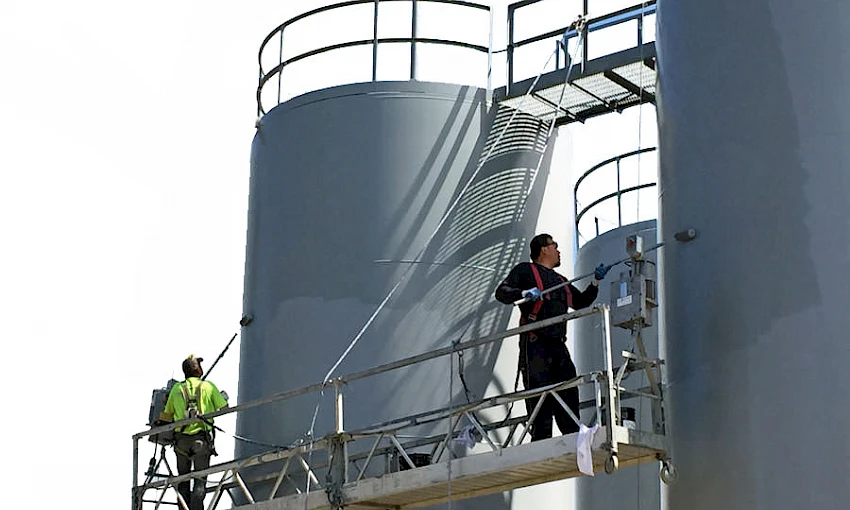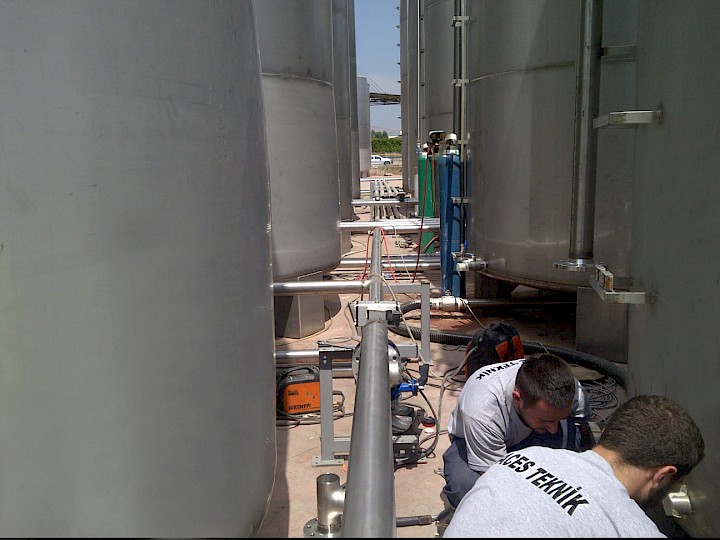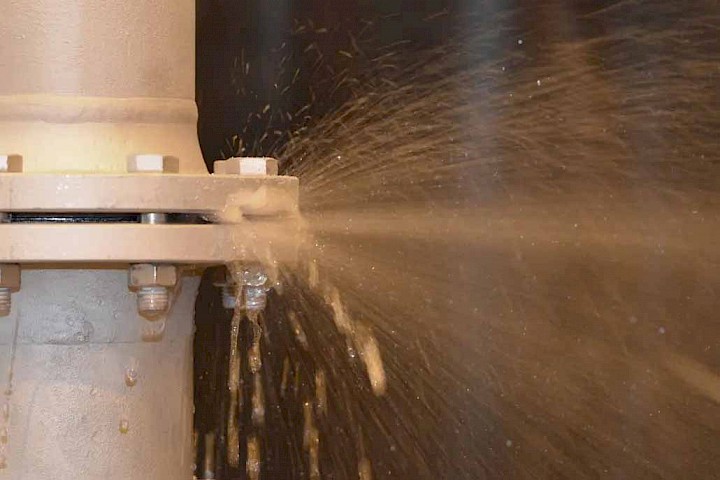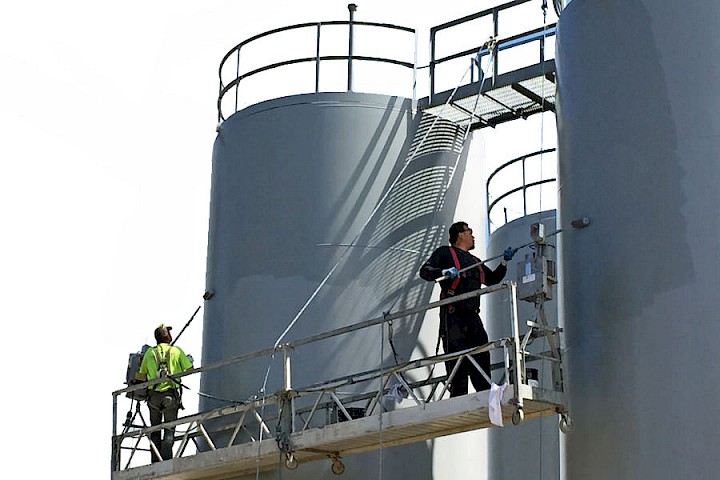
Common Problems with Storage Tanks
Storage tanks are widely used across various industries, playing a critical role in businesses' raw material storage operations. However, over time, these tanks can experience several common problems that can hinder their efficiency and pose safety risks. Let's explore some of these issues and their potential solutions:
1. Sediment Accumulation in Storage Tanks
The accumulation of unwanted substances, such as sand, sediment, or sludge, can significantly reduce the efficiency of storage tanks and lead to operational challenges.
Solutions:
-
Regular Cleaning and Maintenance: Periodic cleaning and maintenance are essential to prevent sediment buildup and maintain optimal tank performance.
-
Sedimentation Control: Tank design can be optimized to regulate the flow of liquids and minimize sedimentation risks. Design modifications can reduce the settling rate of solid particles, preventing accumulation.
-
Filtration Systems: Implementing filters at tank inlets and outlets prevents solid particles from entering the tank or contaminating production processes.

2. Leaks: Cracked/Broken Tank Fittings or Filling/Emptying Pipes
Leaks in filling or emptying connections and pipe process lines are common issues in storage tanks.
Solutions:
-
High-Quality Materials: Using high-quality materials for tank fittings and sealing elements is crucial for leak prevention.
-
Professional Installation: Tank fittings should be installed professionally by qualified technicians to ensure proper sealing and prevent leaks.
-
Renewal and Repair: Timely replacement or repair of old or damaged fittings is essential to maintain tank integrity.
-
Climate and Environmental Considerations: The climate and environmental conditions where the tank is located should be considered when selecting fitting and sealing materials.
3. Lack of Seismic and Static Calculations in the Project Phase
Seismic and static calculations should be performed during the design phase of storage tanks to ensure compliance with relevant standards. Neglecting these calculations compromises the tank's durability and stability.
Solutions:
-
Professional Engineering Services: Engaging experienced engineers during the design phase ensures accurate seismic and static calculations for safe and reliable tank construction.
-
Compliance with Regulations: Storage tanks should be manufactured in full compliance with local and national regulations.
-
Regular Inspections and Maintenance: Periodic inspections and maintenance help identify and address potential safety issues.
4. Corrosion and Wear in Chemical Storage Tanks
Chemical storage tanks are susceptible to corrosion and wear over time due to the aggressive nature of the stored chemicals. This can lead to structural weakening and potential leaks.
Solutions:
-
Protective Coatings: Applying chemical-resistant coatings to tank surfaces protects against corrosion and extends the tank's lifespan.
-
Stainless Steel or Special Alloys: Using stainless steel or specific alloys for tank construction, depending on the stored chemicals, minimizes corrosion and enhances durability.
-
Regular Maintenance and Inspections: Regular inspections and maintenance help identify and address potential corrosion areas, preventing further damage.
5. Metal Fatigue
Metal fatigue, caused by repeated loading or vibrations, can weaken the structural integrity of storage tanks, leading to potential failures.
Solutions:
-
Design Modifications: Optimizing the design of structures and equipment minimizes stress concentration and reduces the risk of fatigue failure.
-
Material Selection: Choosing materials with higher fatigue resistance enhances the tank's durability and longevity.
-
Regular Monitoring and Maintenance: Continuous monitoring and regular maintenance help detect fatigue cracks early on, preventing catastrophic failures.

6. Vacuum, Pressure, Fire, and Explosion Risks
Insufficient venting, venting, or discharge systems in storage tanks can create hazardous conditions, increasing the risks of vacuum, pressure buildup, fire, and explosions.
Solutions:
-
Proper Vent and Breathing Systems: Incorporating appropriate vent and breathing systems in the tank design ensures pressure equalization and minimizes risks.
-
Pressure Relief Systems: Installing pressure relief valves or systems helps regulate and control excessive pressure buildup within the tank.
-
Regular Maintenance and Inspections: Regular inspections and maintenance ensure the proper functioning of vent, breathing, and discharge systems.

Aces Process: Your Solution Partner for Storage Tanks
In this article, we have addressed common problems encountered with industrial storage tanks and provided expert insights into their solutions. For further inquiries or assistance, please contact our experienced team through our Contact page.














































